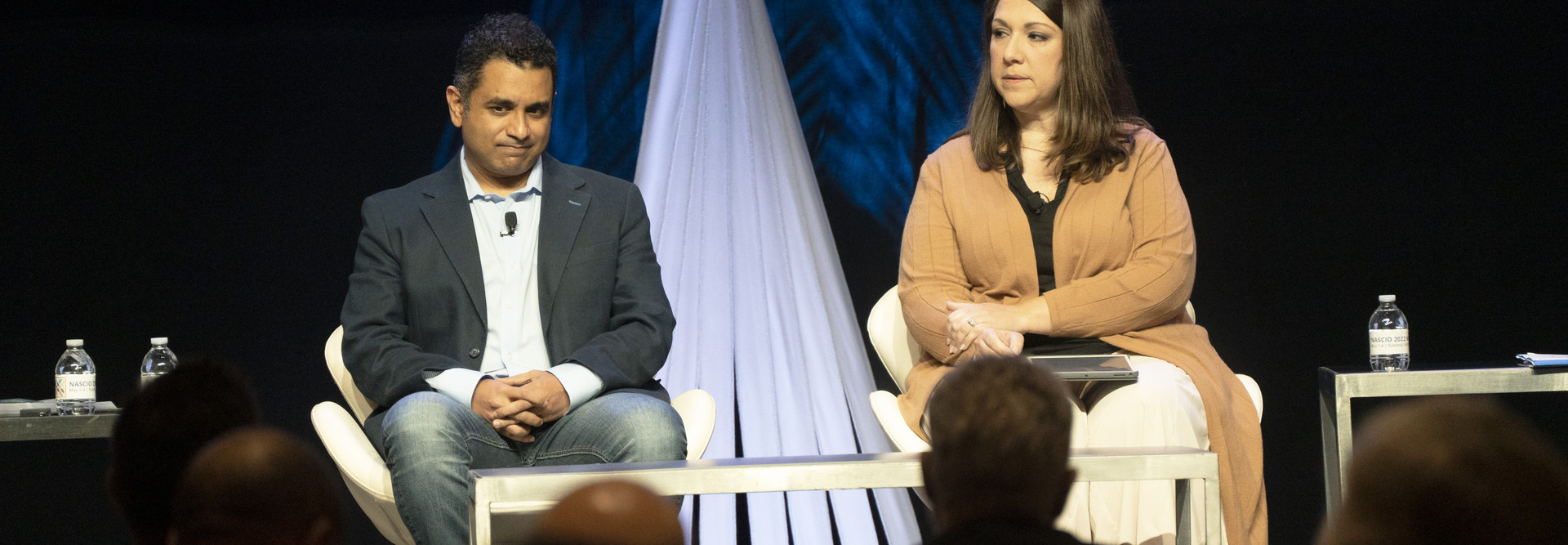State agencies also continue to experience obstacles due to silos, Crawford said. They do not readily share information, technology or networks with other agencies, and this creates roadblocks. A few agencies care too much about branding themselves as an asset instead of pooling resources with other agencies to solve problems, she said.
“If government is really operating efficiently and effectively, it shouldn’t matter. At the end of the day, the one true product everyone is supposed to deliver is customer service. That’s the point of government: Our ultimate goal is customer service,” Crawford said.
About a year ago, Texas DIR redesigned Texas.gov, she recounted. Since then, the website has experienced a 36 percent increase in visits, and 71 percent of those visits are directly to the URL. Those visitors didn’t Google a licensing board but instead visited the Texas.gov website.
“That means people type in ‘Texas.gov,’ and they trust Texas.gov,” Crawford said.
Citizens Enjoy Seamless Experience When Seeking Customer Service
Deshpande echoed Crawford’s sentiments that the pandemic was a catalyst for change. Organizations that lacked the appropriate technology and the required workflows transformed out of necessity.
“We started seeing a change in the way people asked for answers and in the way agencies delivered services,” Deshpande said during the conference panel.
Moreover, state agencies should not seek to brand themselves as unique or different; instead, they should lower barriers to collaboration, Deshpande said. “The experience and the memory they take away truly is the brand.”
Four years ago, Georgia surveyed citizens and asked, “How much do you really care about agency branding and portraying itself as different,” he recalled. “They don’t care."
“The best thing we can do for them is to get them in, enable their transaction and allow them to be on their way,” he added.
Before Georgia redesigned its web platforms several years ago, citizens would experience frustration in trying to find answers. They would turn to Google rather than to Georgia websites directly. “They sometimes don’t see the difference between the state and a county; for them, it’s all government,” Deshpande said.
Sharing an anecdote about good customer service, Deshpande described how Georgia recently received an influx of inquiries about U.S. passports. States don’t handle passport requests, so Georgia couldn’t fulfill the requests. But instead of responding to inquiries by declining to help, state officials routed inquiries to the correct office within the U.S. State Department.
“If they are looking for answers, we will give them an answer,” Deshpande said.
Check out more coverage from the NASCIO 2022 Midyear Conference and follow us on Twitter at @StateTech, or the official conference Twitter account, @NASCIO, and join the conversation using the hashtag #NASCIO22.











